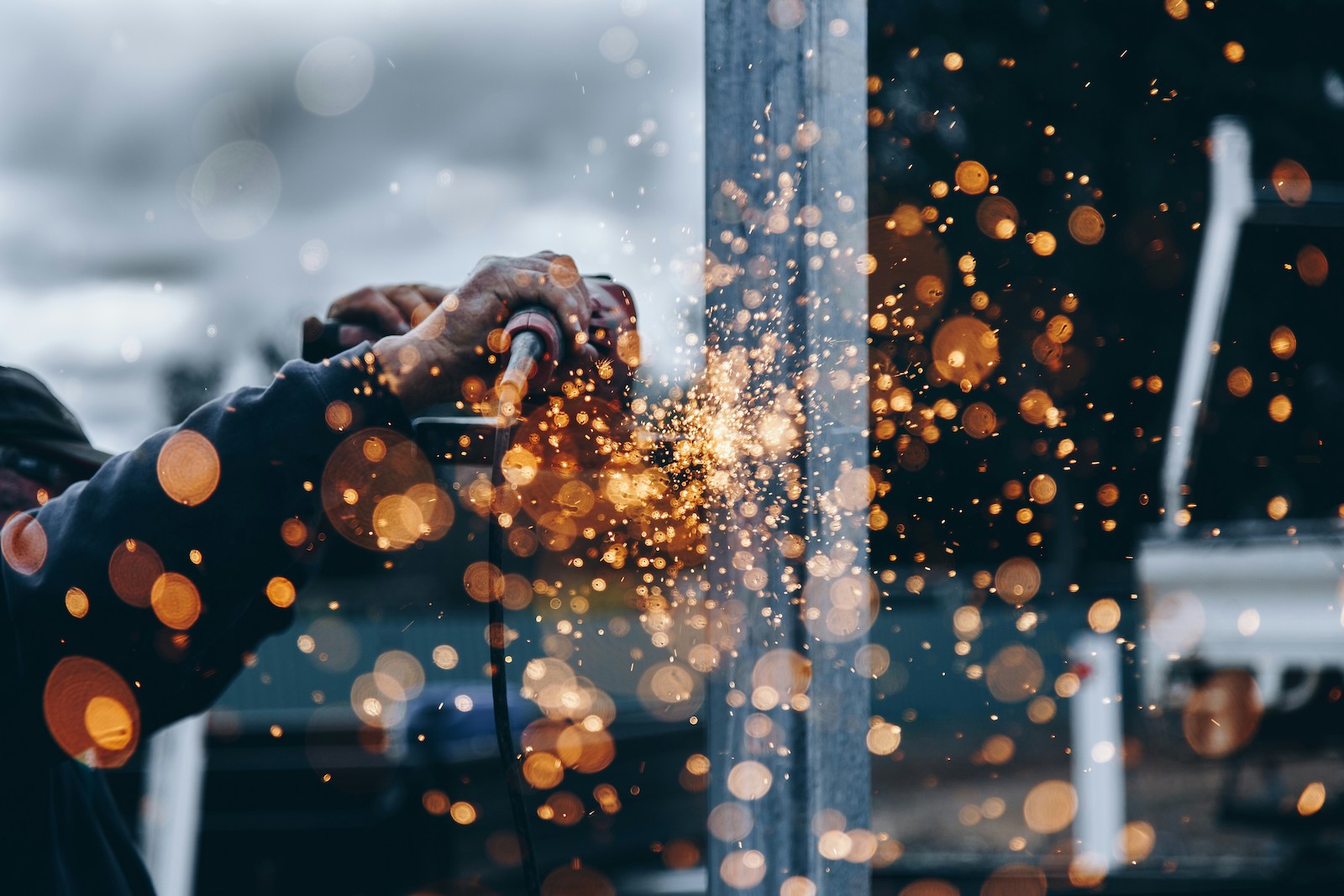The Australian Manufacturing Boomerang: Is reshoring talk just hype?

The Australian Manufacturing Boomerang: Is reshoring talk just hype?
Ever since the COVID-19 pandemic exposed vulnerabilities in global supply chains, there has been public discussion about bringing back or reshoring Australian manufacturing. An escalating global trade war following the second coming of Trump, heightening geopolitical uncertainty and supportive government politics have inspired many media headlines, suggesting a manufacturing revival may be on the way. Is there any substance behind the rhetoric?
Reshoring: Why is it expected?
There are a few key reasons why Australian manufacturing could make a comeback.
First, the pandemic showed the risks of relying on overseas suppliers. Disruptions to medical supplies, electronics, and even basic goods made companies rethink their global sourcing strategies with resilience and reliability prized over cost.
Second, rising geopolitical tensions especially between China, the USA and the West have led to global trade decoupling. As a result, countries like Australia are looking to strengthen local production in key areas such as defence, energy and semiconductors.
Third, the Australian government has actively promoted reshoring through financial and policy support. The $15 billion National Reconstruction Fund aims to boost advanced manufacturing, green energy, and critical technology. Initiatives like “Future Made in Australia” signal strong political will to encourage homegrown production.
Lastly, modern manufacturing makes heavy use of robotics and automation. This erodes the need for the large unskilled labour force found in developing countries. But increases the need for a technologically skilled workforce more readily found here.
Rhetoric versus Reality: Is there evidence of reshoring?
The Australian government has taken meaningful steps to support a domestic manufacturing revival. Surveys also back this up. According to a 2024 Savills report, Australian manufacturers are reporting greater interest in expanding or localising their supply chains.1 What matters most though is companies putting the talk into action.
The headline data is not as supportive. Three-quarters of Australia’s imports last year were manufactured products.2 This is down from a peak of 77% during COVID but greater than the pre-COVID average3. Australia’s manufacturing GDP share stood a record low of 5.1% in Q1 2025, down from 8.9% two decades ago4.
In Q1 2025, most manufacturing industries were in recession5. There are several examples of companies that have ceased domestic production over the last few years due to high energy costs. These include Incitec Pivot (fertiliser), Qenos (plastics), and Oceania Glass (glass).
However, the headline data is backwards looking. Reshoring is a lengthy process that requires time and careful planning given its high capital cost and the risk of major adverse business disruption. Geopolitics has been turbo-charged for a year now since the US election result in November 2025. So, this may encourage businesses who had adopted a ‘wait-and-see' approach to pull the trigger on the costly, risky, and time-consuming onshoring process.
Take-up data shows that local manufacturers are increasing their demand for real estate6. Alongside the recent manufacturing closers there are examples of reshoring too, as shown in Figure 1.
Figure 1: Individual reshoring examples

Whilst individually these case studies amount to a fraction of demand, they support the case that manufacturing may see a reshoring revival in multiple but selective industries. These are typically industries of national significance, in which production requires skilled oversight, has complex supply chains and which are not heavy power users.
A Modest Renaissance: Measured hype
We think there is some substance behind the rhetoric, although it should be measured. Australia will not go back to the manufacturing levels of the 1970s but key industries are likely to come back onshore. Defence, technology, life sciences and electronics all show genuine reshoring activity. They will be supported also with long-term government backing, and a greater public demand for home-grown products.
What does a rise in domestic manufacturing mean for planning authorities, State governments, developers, and other real estate actors?
Reshoring will need significant new physical production and distribution space at scale. Often these will need to be in new locations. But existing industrial and production estates, R&D hubs and workshops are also likely to see new investment. There will be opportunities to create new high-tech manufacturing hubs where local skills, land availability and government support allow. As a result, there may be even greater pressure on already undersupplied industrial and logistics land around urban areas.
Resilience involves not only bringing production back but also modernising and future-proofing Australian industry. Occupier demand will need to focus on modern, high-quality specifications that facilitate the latest production methods, attract skilled talent, and adhere to sustainability requirements. Older spaces will need to adapt to these requirements. Whilst positive for economic growth and national security, modern manufacturing is tech heavy. The need for human labour will be far lower than in past decades, leading to modest employment impacts.

References
1 Savills. (2024). “Is manufacturing making a comeback?”. Available from: australia-industrial-spotlight-on-manufacturing-april-2024.pdf
2 Trading Economics. (2025). “Australia - Manufactures Imports (% Of Merchandise Imports)”. Accessible from: Australia - Manufactures Imports (% Of Merchandise Imports) - 2025 Data 2026 Forecast 1963-2024 Historical
3 ibid
4 ABS. (2025). “Australian National Accounts: National Income, Expenditure and Product”. Accessible from: Australian National Accounts: National Income, Expenditure and Product, March 2025 | Australian Bureau of Statistics
5 AI Group. (2025). “Research Note: Hard times in Australian manufacturing”. Accessible from: Research Note: Hard times in Australian manufacturing
6 Savills. (2024). “Is manufacturing making a come back?”. Available from: australia-industrial-spotlight-on-manufacturing-april-2024.pdf
Related posts
Dive deeper into insights that matter to you.

Australia’s Love of Big Homes Was Rational, Until the World Changed

The next flex office wave

Retail on the Rise: Australia’s shopping centre revival

State of the States: A comparison of demographic trends
Make smarter decisions
Get in touch with the Team to get an understanding of how we transform data into insightful decisions. Learn more about how Atlas Economics can help you make the right decisions and create impact using our expertise.
